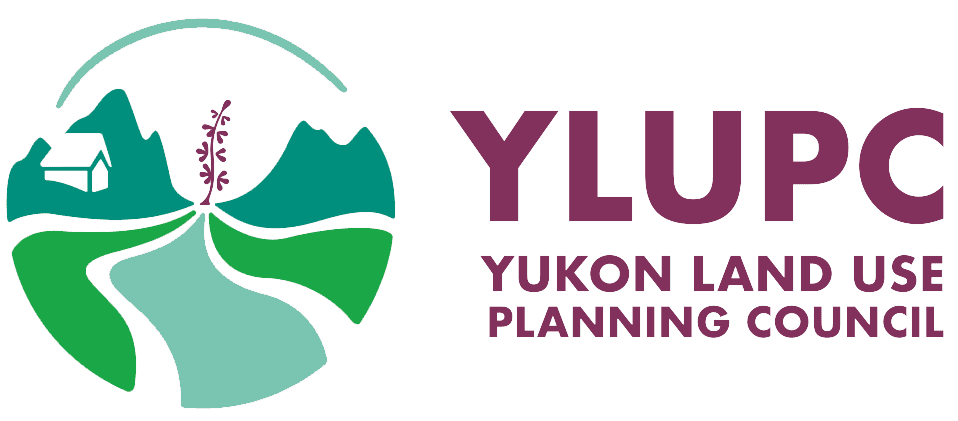Juliana Morar – Landscape Designer, University of Calgary & Alexia Caron-Roy – Landscape Designer, University of Calgary
“When all is said and done, the best guarantee of a long and healthy life may be the connections you have with other people.”
John Cacioppo, Neuroscientist, University of Chicago
With the implementation of the modern living standards, within less than a generation, Arctic settlements fundamentally changed their habitat organization, fragmenting an otherwise traditionally tight-knit community. Given the strong relationship between physical and mental well-being and human interaction and the sudden, drastic spatial gap that the new-found living comfort created within its members, this paper questions the opportunities for public social interaction in small, isolated, Arctic settlements.
Studies showing that loneliness spreads faster than happiness and that society tends to isolate lonely individuals seem to be supported by the statistics showing an increase in mental health problems and suicide rates in arctic settlements. While Architecture focused on ways to improve building performance, a deepening void was left in the realm of public places. Blamed on the high cost of construction in arctic regions, the only public place is often a building dedicated to multiple uses with strict opening hours. However, a healthy social life is based on free interaction where people interact freely in common space. Unfortunately, multi-use centers limit this type of interaction, leaving less sociable, lonely community members isolated, with literally no place to go. A healthy society cannot function without a common ground, a place to meet, a place that encourages and facilitates human interaction, promotes social equity and tolerance.
It is time that the traditional form of public place be reinterpreted for an innovative, sustainable solution, adapted to the realities of isolated arctic settlements, creating a setting that will once again bring together the members of its society, where they can simply be in the presence of others, for no particular reason.
